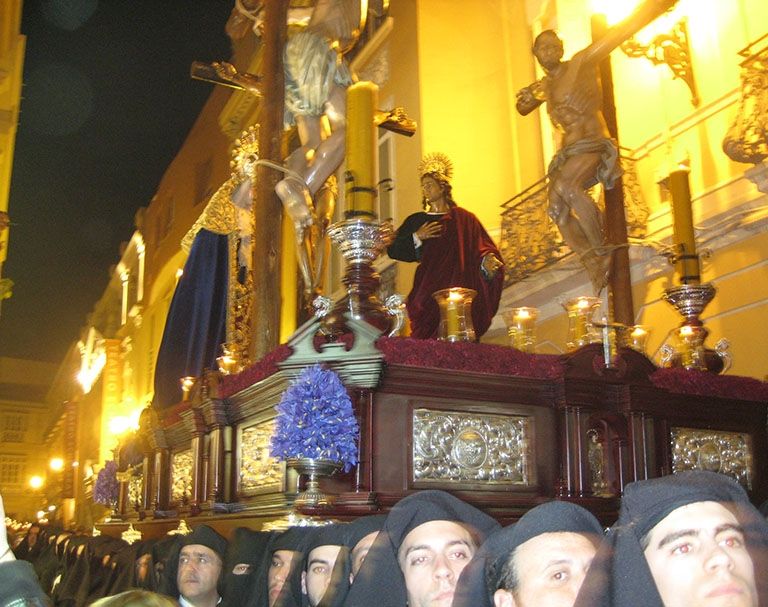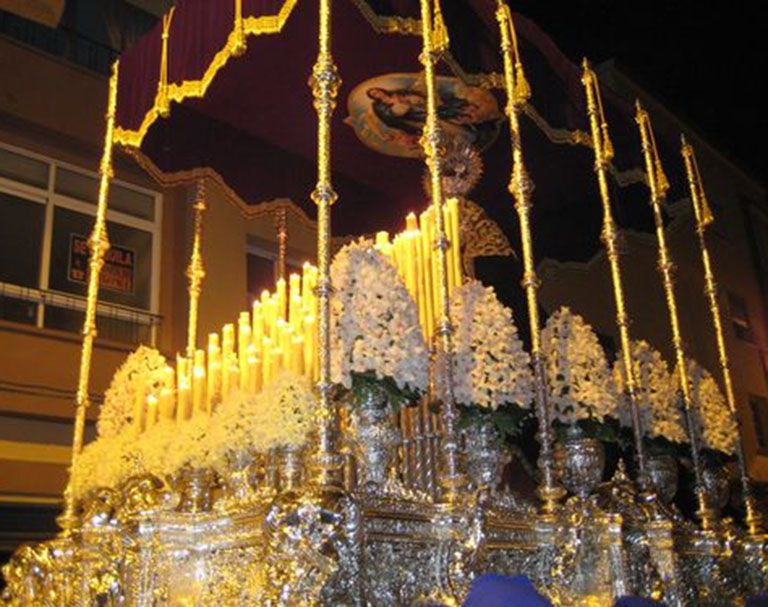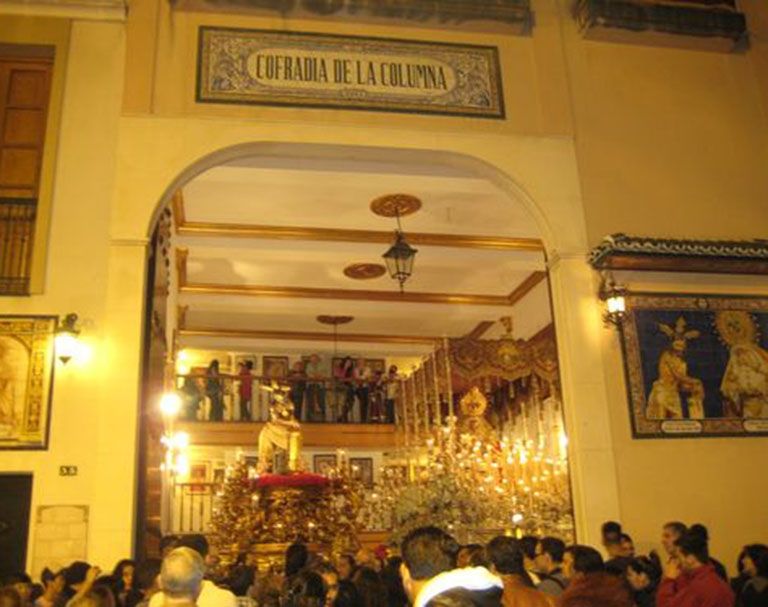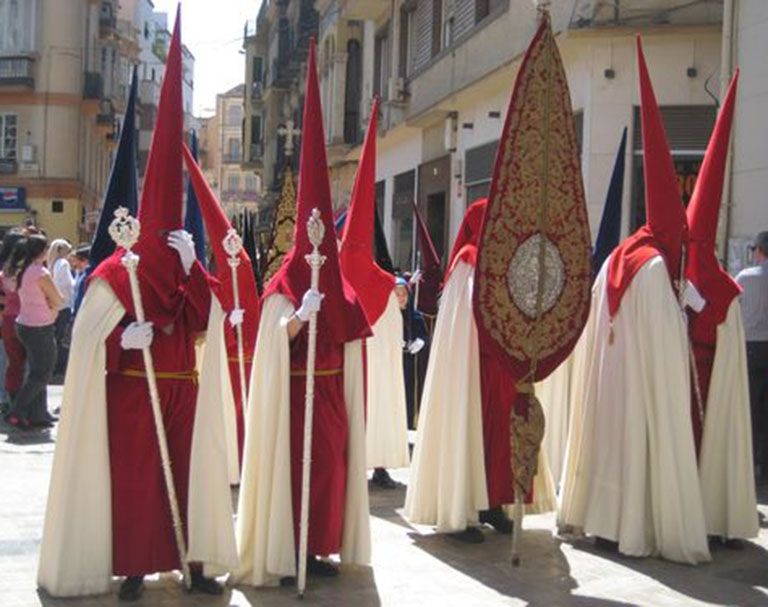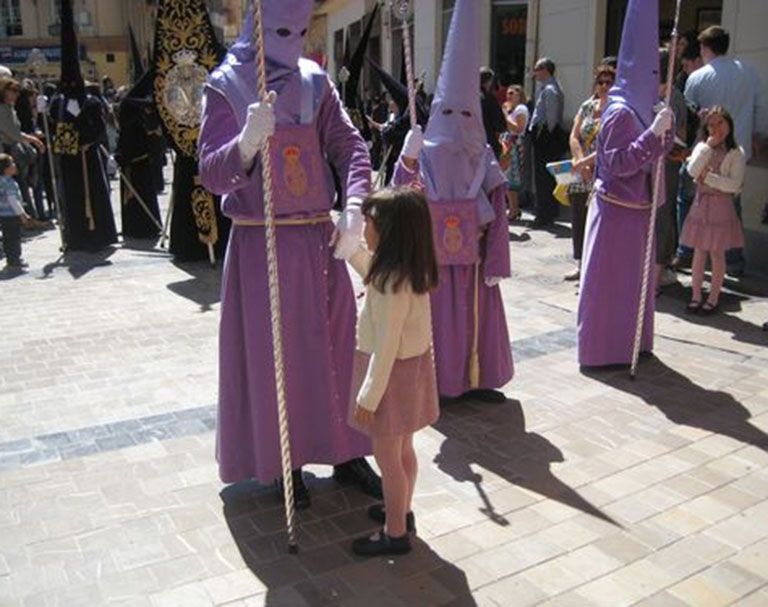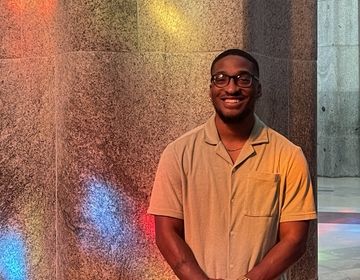Semana Santa - a Little History
I figured I'd better one up Granada after the last post. So let me just say that Málaga is among the top three destinations for travel during Semana Santa, or Holy Week. This may be due to the fact that the city boasts the heaviest tronos ("thrones," or floats), weighing more than five tons each.
Let me back up a bit. Holy Week is an ancient tradition that dates back to the age of the Catholic monarchs. It typically starts on Palm Sunday and ends on Easter Sunday. Semana Santa (as it is called) is basically a series of ornate processions characterized by the following: (1) giant "thrones" of religious symbols and Baroque art, (2) large marching bands, (3) people dressed in traditional religious costumes, and (4) the aroma of incense.
In Málaga, the tronos are so large that they must be housed in special social clubs called cofradias, because the doors of churches are not large enough to carry them in and out. In addition, the carrying of these "thrones" is both an honor and a competitive job. Mostly young men carry them and must be able to support 40 kilos on their shoulders for hours. The processions go on until the wee hours of the morning, typical Spanish style.
Perhaps the most shocking characteristic of these processions is the traditional costumes that the marchers wear. To us, they may resemble the Klu Klux Klan. To Andalusians, they resemble the nazarenos, or the people of Nazareth.
This all seems a bit scary, doesn't it? But this little girl wasn't afraid. I guess it is the spirit of the Malagueños that makes Semana Santa a joyous, rather than a solemn, celebration.
Related Posts
The Best Places to Take Friends Visiting Madrid
During my semester in Madrid, I looked forward to and loved when friends from the States came in to town. Having a visitor stay with you is a great excuse... keep reading
From Engineer to Educator: My Journey with CIEE’s Teach in Spain Program
“El mundo es demasiado grande para quedarme en un solo lugar.” “The world is too big for me to stay in just one place.” That single thought kept replaying in... keep reading
Managing the Relationships I Left at Home
It’s not “goodbye”, it’s “see you later”. This is how I knew it would be okay parting from my family, friends, and partner when I moved half a world away.
